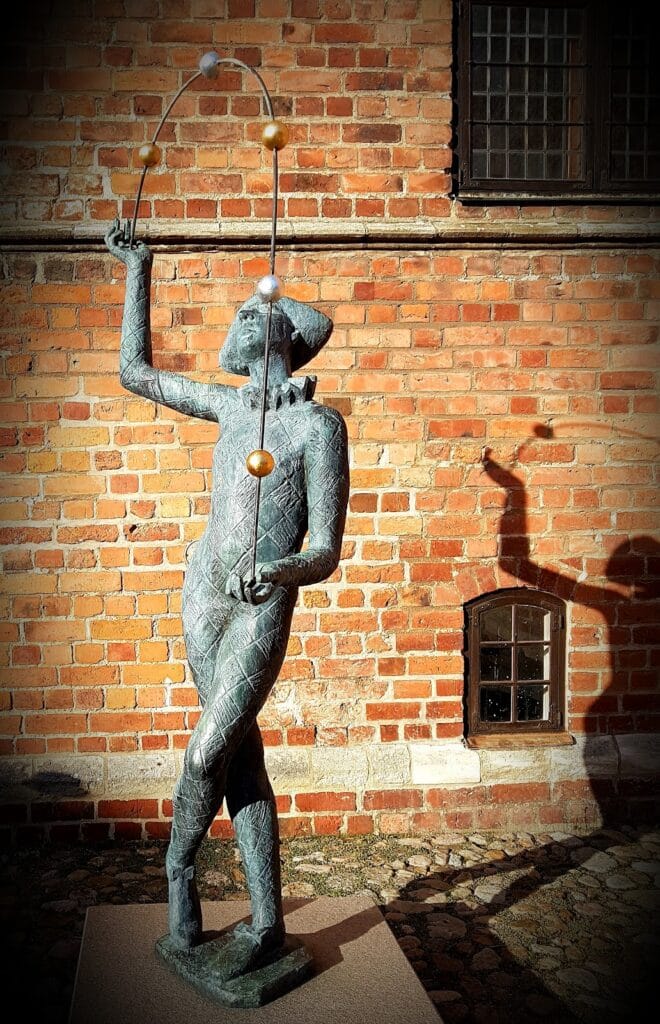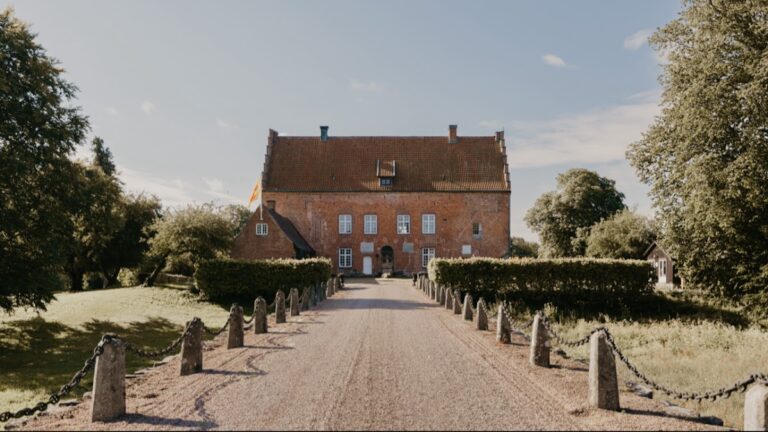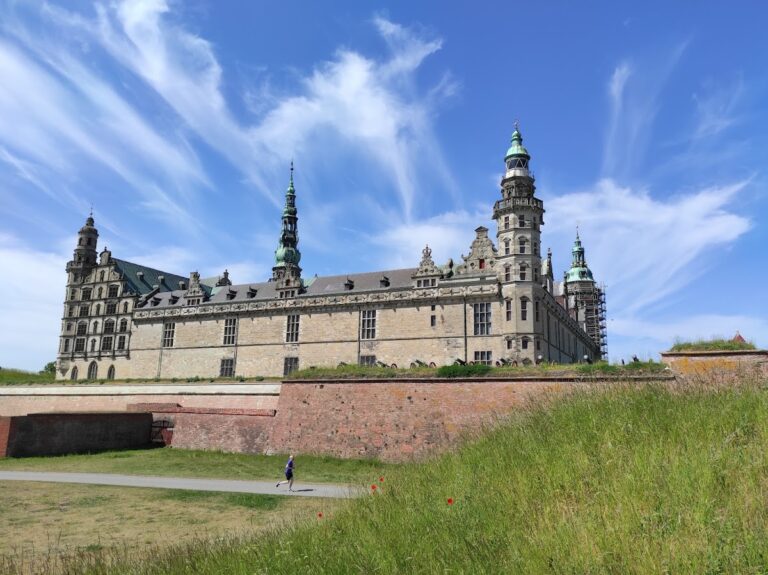Malmö Castle: A Historic Renaissance Fortress in Sweden
Visitor Information
Google Rating: 4.2
Popularity: High
Google Maps: View on Google Maps
Official Website: malmo.se
Country: Sweden
Civilization: Medieval European
Remains: Military
History
Malmö Castle, located in the city of Malmö, Sweden, was originally built by Danish rulers during the early 15th century and expanded into a Renaissance fortress in the 16th century. It occupies the island of Slottsholmen and was established to protect the city’s strategic position near the Øresund strait.
The earliest known fortification on this site was a rectangular castle begun in 1434 under King Eric of Pomerania. This fortress, named Møntergaarden, combined military defense with administrative functions, serving as both a stronghold and the Danish mint. Its purpose was to reinforce Malmö’s seaward defenses and secure control over the Øresund toll, a customs tax introduced in 1429. This original castle featured high surrounding walls and a gate tower, with an eastern outer bailey that was later removed.
In 1525, King Frederick I commissioned the construction of a new castle to replace the older fortress. Under the supervision of Albert Jepsen Ravensberg, building work took place mainly from 1526 to 1539. The new castle included a main building with an inner courtyard surrounded by a three-storey shooting gallery, and extended four-storey galleries linking to a gate tower. A fire in 1529 caused some damage, though records do not specify its extent. Later, during the Count’s Feud of 1534—a civil war in Denmark—the castle’s defenders demolished part of the courtyard walls with shooting galleries to impede attackers. These scars remain visible today.
Between 1537 and 1540, King Christian III strengthened the castle’s defenses by adding a moat and earth ramparts with four large brick corner towers. This renovation reflected Renaissance military architecture influenced by Dutch and Italian styles, and transformed the castle into a more formidable fortress.
From its construction, Malmöhus Castle served as the administrative center for Malmöhus län, a regional subdivision formed in 1526. The fortress housed appointed lords from noble Danish families. Among its notable residents were the future King Frederick II, who lived there from 1554 to 1559, and James Hepburn, Earl of Bothwell, who was imprisoned within the castle between 1567 and 1573. The last Danish monarch to stay briefly was Frederick III in 1652.
In 1658, following Sweden’s conquest of the region, Malmö Castle’s role changed significantly. It ceased to be a royal residence and was converted into a national fortress designed to defend against potential Danish attacks. By 1710, the castle’s military importance had waned, leading to its transformation into a prison. Among its inmates were political prisoners such as Jörgen Krabbe and Carl Gustaf Armfeldt the Younger, the latter of whom died in custody in 1792.
During the 19th century, the castle underwent further changes to meet its role as a prison. In 1822, control of the buildings transferred to the Prison Board, and by 1828, Malmö Correctionella Arbetshus opened, then considered Sweden’s largest and most modern prison. Additional prison facilities were constructed during the mid-1800s, including a county prison with over one hundred light cells and several dark cells, and later a central prison with more than 130 cells and capacity for over 300 inmates. These prison buildings were expanded after fires and served various functions, including emergency housing.
After 1914, prison operations gradually ceased at the castle site. The central prison buildings were demolished in 1933, and the county prison was torn down in 1927. Restoration work began in 1928 to return the castle’s appearance closer to its 16th- and 17th-century state. The Malmö Museum relocated to Slottsholmen in 1937, occupying new buildings erected after the removal of former prison barracks. Recognizing its historical value, Malmöhus Castle was declared a protected state monument in 1935.
Remains
Malmö Castle occupies an island known as Slottsholmen and has a rectangular layout characteristic of a kastell, a type of fortress. Originally, it was enclosed by high walls with a prominent gate tower guarding the main entrance. The construction materials principally included brick for the corner towers and a combination of brick and stone for the main walls.
The principal building, constructed between 1526 and 1539, encloses an inner courtyard lined by a three-storey shooting gallery. This gallery, known in Swedish as a skyttegång, allowed defenders to fire upon attackers from multiple levels. Extending west and east from the main building, four-storey shooting galleries connected to the gate tower on the western side, which originally had an extra upper floor. These elevated positions demonstrate advanced defensive design of the Renaissance period.
Between 1537 and 1540, defensive enhancements introduced a moat and earthen ramparts reinforced by four large brick corner towers. These fortifications were influenced by contemporary military architecture from the Netherlands and Italy, reflecting new strategies to resist artillery. The moat surrounding the castle island created a formidable barrier.
The castle’s walls still bear visible marks of damage from the 1534 Count’s Feud when the inner courtyard’s surrounding wall with shooting galleries was deliberately demolished by the city’s burghers. These scars provide tangible evidence of the castle’s turbulent history and early construction phases.
Within the castle complex, several historic auxiliary buildings have been documented. The Commandant’s House (Kommendanthuset) served administrative functions, while the Castle Mill (Slottsmöllan), built in 1850–1851 on the remains of a bastion southwest of the main structure, reflects the ongoing adaptation of the site during its prison phase.
During the 19th century, as the castle functioned primarily as a prison, new buildings arose east of the moat. These included a county prison with 102 light cells, designed for general inmates, and 5 dark cells intended for solitary confinement or punishment. Later, a central prison replaced the castle’s demolished western wing after a fire in 1870, expanding capacity with 137 cells and space for over 300 inmates. These structures were eventually demolished in the early 20th century as the penitentiary function moved elsewhere.
Today, Malmö Castle’s restoration efforts from 1928 have preserved its Renaissance and early modern appearance. The Malmö Museum buildings erected after 1937 stand where the prison barracks once were, maintaining the castle’s historical footprint. The site remains an important cultural monument, showcasing the layered history of a fortress that evolved from medieval stronghold to Renaissance castle, royal residence, military fortress, and prison.










